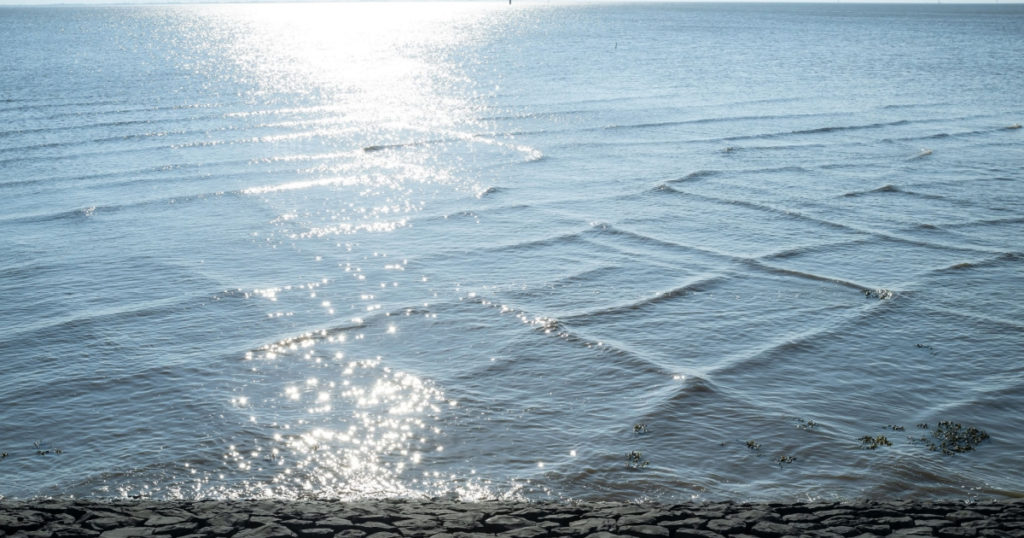If You See Square Waves Forming In The Ocean, Get Out Of The Water Immediately
Everyone likes to have a nice time and swim in the water during the summer. Most beaches are crowded for precisely that reason, especially around that time of year.
But when we’re close to water, it’s important to keep our senses of touch and scent intact. It only takes one error to be extremely dangerous. As it is, rip currents and often changing tides are common knowledge; nonetheless, one must be aware of the dangers posed by square waves.
It may be one of the most alluring and alluring objects in an ocean or other body of water, but it is also one of the most hazardous.
In case you were wondering, a square wave, also known as a cross sea, occurs when two or more waves come together to produce a pattern that is square and often resembles a checkerboard.

“The conditions are quite common in the ocean and occur when a windsea, and a swell, or two swell systems, coexist,” the European Space Agency (ESA) stated in 2010. “A large percentage of ship accidents occurred in crossing sea states,” according to a 2004 study.
In the end, the cross seas cause swells to emerge that can grow up to ten feet in height and create unique wind patterns. This makes navigating the seas more difficult for boats and swimmers.
Therefore, even though it is very rare, if someone did locate this, they would have to avoid using a boat to get out or even swimming in the exceedingly perilous waters. Rather, take use of this opportunity to relax on the beach and bide their time until the weather improves enough to venture outside.
Although they could be beautiful, square waves can be dangerous.
There are a few places that have square waves. These are usually seen where two seas or other enormous bodies of water converge at the tip of a land. The surges arrive at different angles and often refract across the whole peninsula, creating a square wave. One such is the French Island of Re. The island is one of the best places to watch crossed sea waves, and it’s located just off the French coast of La Rochelle.
Another coastal spot where one can see these kinds of waves is Cape Reinga in New Zealand. It is situated at the far northern edge of the country, where the Pacific and Tasman Seas converge.
Square waves appear stunningly beautiful. It follows that the fact that these sites are well-liked tourist attractions and that thousands of people visit the island’s lighthouses—especially those on the Isle of Re—is not surprising. However, one needs to watch it from a safe distance. That waves crossing at different angles would draw so many people may seem weird, but how many of us have really seen square waves in action?
Surprisingly, it is typical to observe two opposing surges in shallow waters, like as those off the Isle of Rhe and off Tel Aviv, Israel. Scientists believe that square waves are an example of the Kadomstev-Petviashvili equation in action. A nonlinear wave motion is typically explained by the following formula.
It often provides an explanation for the interactions between different weather systems.



